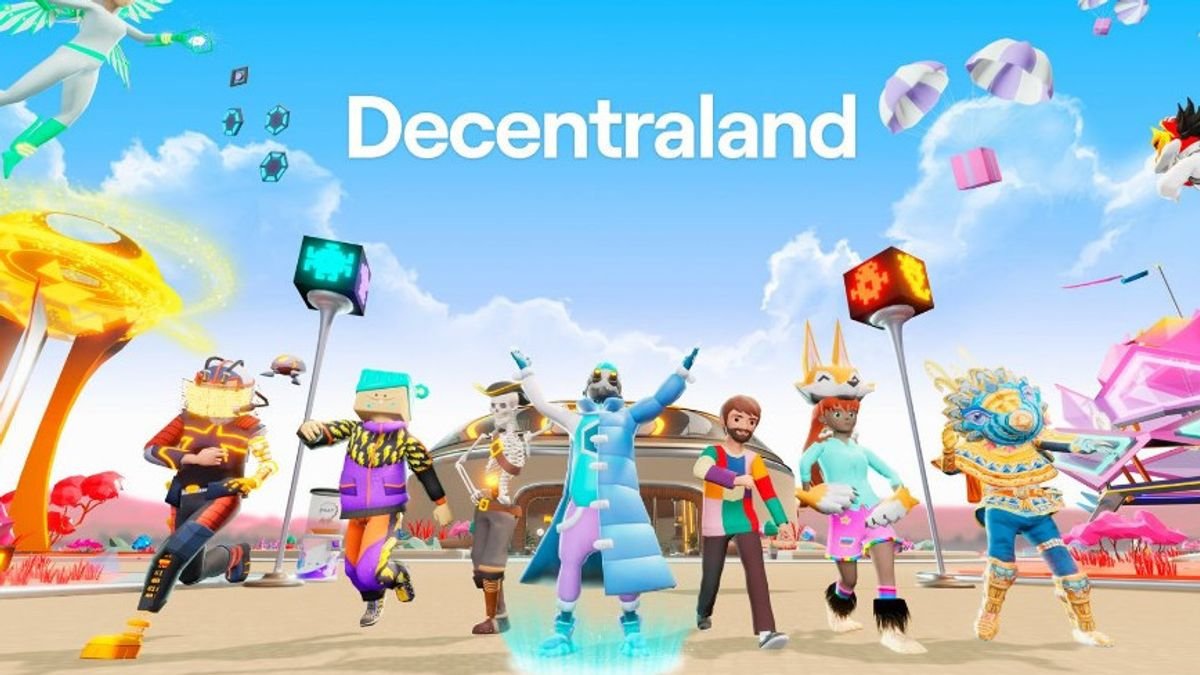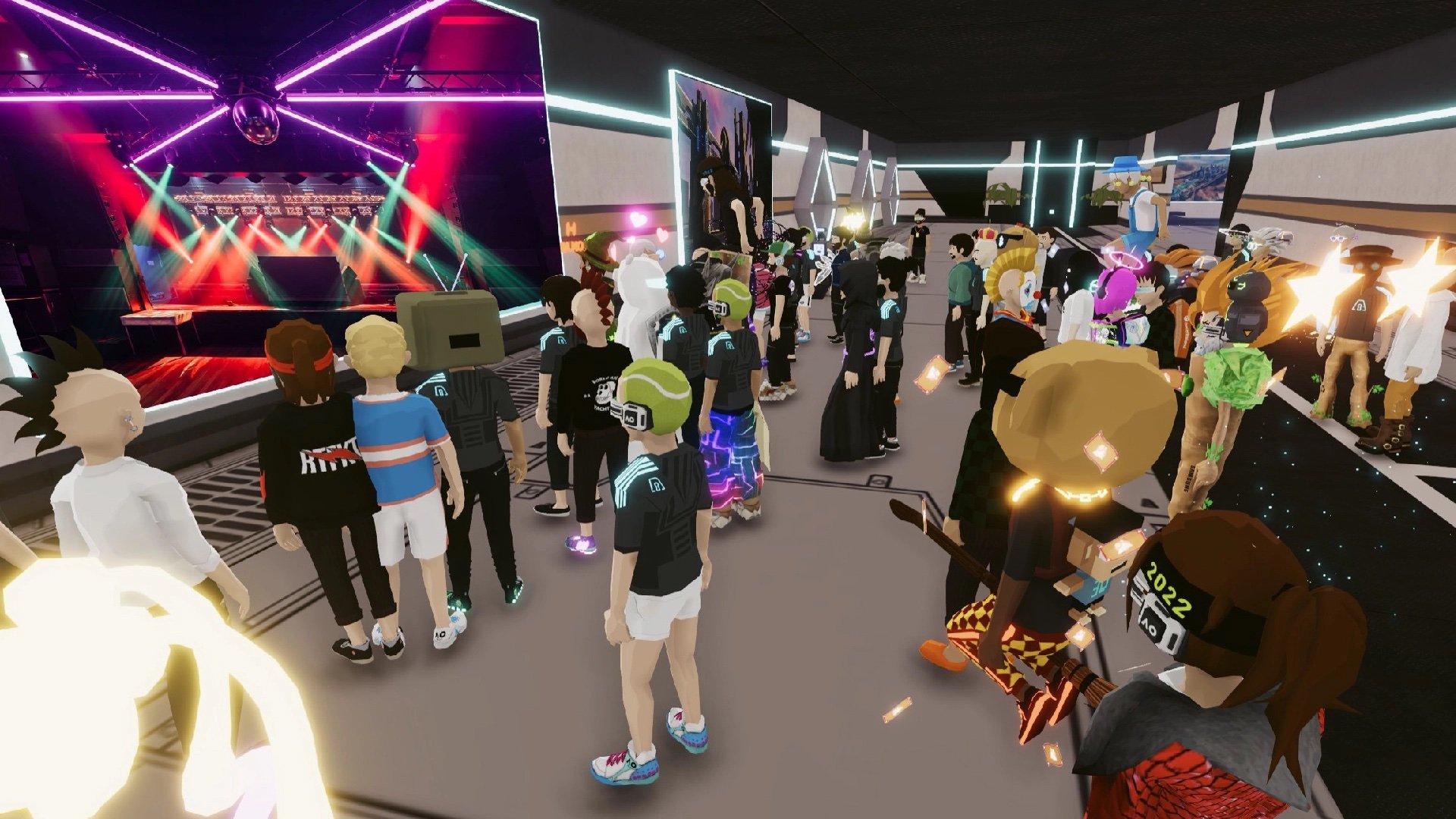The Meta-what?
Decentraland hosted the first ever Metaverse Fashion Week
We discuss the ins and outs of the recent metaverse fashion week and what that means for the industry.
The metaverse… the what? Even as a ‘young 19-year-old’ I don’t really know what it is. I mean I’m picturing my old Minecraft world that I would play on my iPad. But I am told that’s not the case anymore. The metaverse is a whole new world, a term that is used to describe the virtual world that exists online. And with a whole new world comes whole new opportunities, so on that note, let’s introduce the latest of these, the metaverse fashion week.
A glimpse into the Decentraland Metaverse Fashion Week
During the COVID-19 lockdowns we saw the closure of pretty much everything, including one of the fashion world’s most prominent events: fashion weeks. So as work moved from in-office to online Microsoft Office so did the fashion weeks. (Something we predicted in 2020 when virtual models became a thing …read more on that here.)
Metaverse Fashion Week was born out of necessity but now opens a whole new world with new designers too. But are these metaverse shows worth the hype? Are they comparable to the real deal, and are VR headsets ever going to be cute?
The Metaverse Fashion Week , or MVFW is the newest of the new, where brands cannot only create virtual fashion shows but also a digital space for their visitors. It launched in March of 2022, hosted by the platform Decentraland and allowed brands to showcase their specially designed ‘clothes’ for the event. These ‘clothes’ are not fabric and stitching’s like we’re used to but rather collections of pixels, which could then be sold as NFT’s in the metaverse, skins for avatars or even used to trade in for a physical copy.
Regarding the guest list, who was going to be invited to these exclusive events hosted by the best in the business? Well, the answer, everyone. MVFW was open to all, all visitors needed to do was create and account and log in. What was once an honour was now a sign-up sheet. The MVFW was not like the usual fashion weeks that pride themselves on exclusivity, they wanted to be inclusive, they didn’t want to be like the traditional shows, “one of the drawbacks of traditional fashion shows is that they are too restrictive to the average person, almost always being invite-only,” states Giovanna Casimiro, the head of MVFW.
“one of the drawbacks of traditional fashion shows is that they are too restrictive, almost always being invite-only,”
Another positive effect that MVFW has against the traditional shows is its claim to be better for the planet. With the absence of big productions, sets, wardrobes, parties, not even mentioning the amount of guests, organisers and models flying around. Just staying put at home and logging on online is a much more sustainable option.
MVFW also brings a new platform for new designers. Yes, there are the traditional designers that have always been designing for fashion weeks and are now transitioning into designing for the metaverse. However, there are new players, designers that design exclusively for the metaverse.
Additionally, MVFW does not have the restrictions of the real world that the traditional shows do. The whole world is up to modification and personalisation, meaning that when Dolce & Gabbana had cats as their models for their very literal catwalk, that was completely doable. Creativity can be let loose on this new platform, in this new space, brands virtual worlds are their virtual oyster.
No matter how cool this sounds, there were a few issues that arose during the event, technical ones…obviously. First off there was bad image quality, glitching, blurred clothes, black screens full of code, and when Kerry Murphy, founder of The Fabricant, a digital fashion house, was asked about the user experience he described that “the future looks like the past”, ouch.
Organisers blamed everyday computers and slow WIFI for the issue and assured that with time as technology catches up the experience will improve. But of course, this was going to be the case, with so much ‘hype’ around one event it is bound to have some let downs, hate to break it to you but doing something for the first time usually means there are some unforeseen issues.
When evaluating the entire event, there seems to be a few cracks, or should I say glitches in the matrix. First off, the non-existent guest list, it is great that the event wanted to be more inclusive, but does that not take away from the excitement of receiving an invitation, the buzz around who’s going and what they’re wearing, half of fashion week is the people attending.
Now this claim, the claim that MVFW is better for the environment then the traditional shows, it’s hard to argue that this isn’t the case but when we look in the back room, we find the servers. The serves used to host online events emit carbon, and what emits even more is the industrial fans that are needed to keep them cool, so yes, at face value metaverse fashion weeks emit less, but look a bit harder and possibly not.
Going back to the inclusivity aspect, it is hard to ignore the fact that the event says it is open to all but then in the next breath is talking about how everyday computers are not up to scratch to host the event. So, what you’re saying basically is, everyone is welcome!.. As long as you have asuper strong WIFI connection, and a gaming pc… and even then, the technology needed isn’t actually event yet, but it will be in the near future! Great.
Overall, The Metaverse Fashion Week was revolutionary. It not only brought a new platform but new designers, new models, and new thinking. However, the finer details might be a bit blurry, but isn’t everything like that? There are always going to be ups and downs, I’m sure there were on the first physical fashion week, but there needs to be a first, someone’s got to do it. So, we say congratulations to MVFW, and good luck for the future…
Peace and Love,
Sarah and Molly xx
With thanks to my sources:
https://www.showstudio.com/news/is-the-virtual-catwalk-the-future
https://www.dezeen.com/2022/03/21/decentraland-metaverse-fashion-week-2022/
https://www.voguebusiness.com/technology/what-fashion-week-looks-like-in-the-metaverse
https://www.voguebusiness.com/technology/metaverse-fashion-week-the-hits-and-misses


